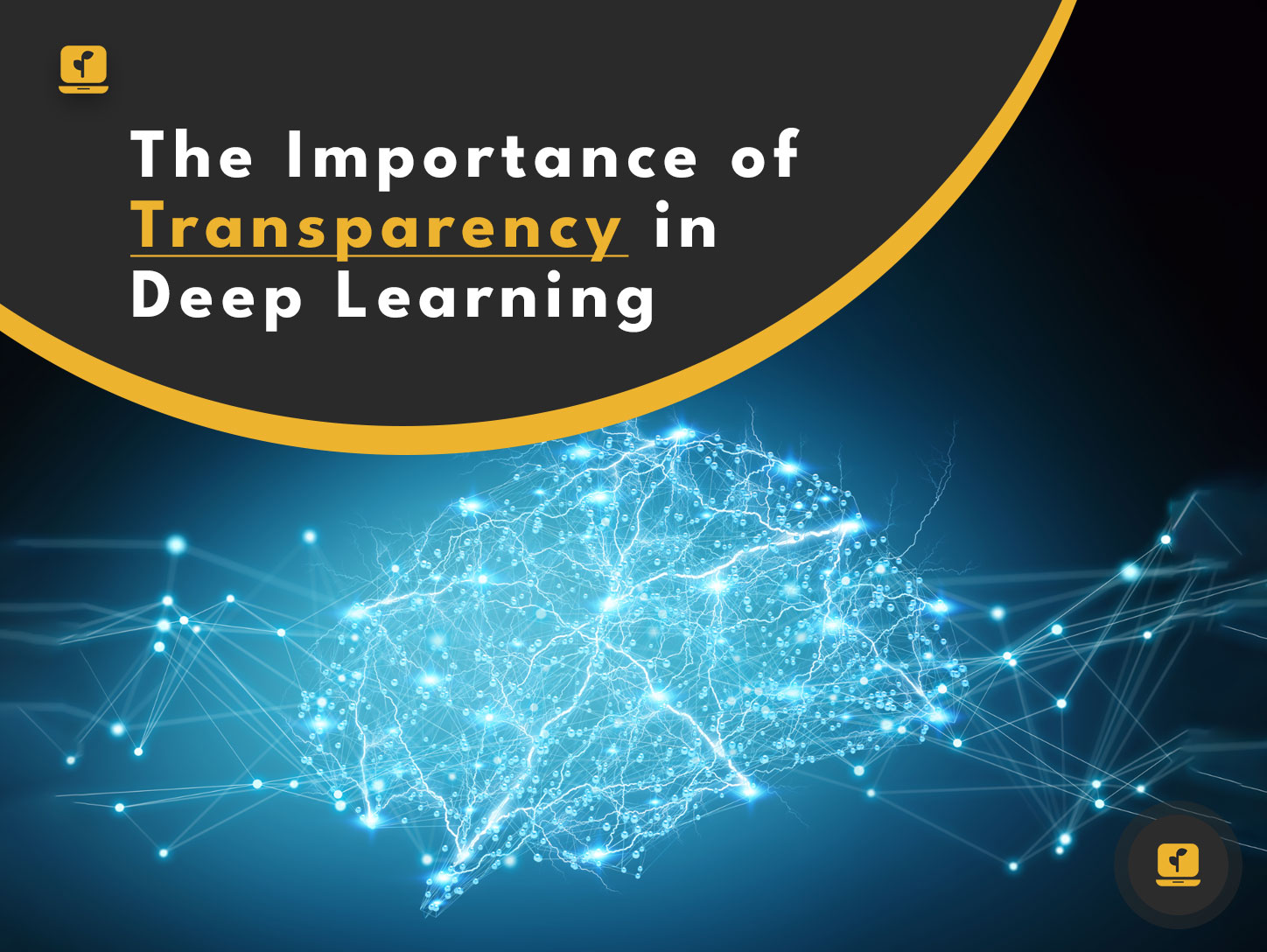As a deep learning enthusiast, I have always been fascinated by the incredible capabilities of artificial intelligence (AI) models. Deep learning has revolutionized many industries, from healthcare to finance, by unlocking unprecedented insights and efficiencies. However, as we rely more on AI models to make important decisions, it becomes increasingly important to ensure that these models are transparent.
Table of Contents
In this blog post, I will explain why transparency is critical in deep learning, the benefits of a transparent model, and techniques for achieving transparency in AI model training.
Introduction to Deep Learning and Transparency
Deep learning is a subset of machine learning that involves training artificial neural networks to perform complex tasks such as image recognition, speech recognition, and natural language processing. Deep learning models learn by analyzing large amounts of data and adjusting their parameters to optimize performance. While deep learning has achieved remarkable accuracy in many applications, the inner workings of these models can be opaque and difficult to interpret. This lack of transparency has become a growing concern as deep learning is increasingly being used in critical applications such as healthcare and autonomous vehicles.
The Importance of Transparency in Deep Learning
Transparency is critical in deep learning for several reasons. First, a transparent model enables us to understand how the model is making decisions. In applications such as healthcare, it is essential to know why a model is recommending a particular course of action. Second, a transparent model can help us identify biases in the data used to train the model. If a model is making decisions based on biased data, it can perpetuate and even amplify social inequalities. Finally, a transparent model can help build trust with users and stakeholders. If people don’t understand how a model works, they are less likely to trust its recommendations.
The Benefits of a Transparent Model
A transparent model has several benefits. First, it enables us to debug and improve the model more easily. If we can see how the model is making decisions, we can identify and fix errors more quickly. Second, a transparent model can help us identify and mitigate biases in the data used to train the model. If we can see how the model is making decisions, we can identify patterns of bias and take steps to address them. Finally, a transparent model can help build trust with users and stakeholders. If people understand how a model works, they are more likely to trust its recommendations.
Transparency in AI and Machine Learning
Transparency is not only important in deep learning but also in other forms of AI and machine learning. For example, in reinforcement learning, where an agent learns by interacting with an environment, it is important to understand how the agent is making decisions. In natural language processing, it is important to understand how a model is interpreting and generating text. In all these cases, transparency can help us understand and improve the model.
The Ethics of Transparency in Deep Learning
Transparency is not only a technical issue but also an ethical one. In many cases, the decisions made by deep learning models can have a significant impact on people’s lives. For example, a model used to diagnose diseases could have life-altering consequences if it makes an incorrect diagnosis.
Therefore, it is important to ensure that deep learning models are transparent and accountable. This is especially important when the model is used in sensitive applications such as healthcare.
The Definition of Transparency in Ethics
In ethics, transparency means being open, honest, and accountable. In the context of deep learning, transparency means being able to understand how a model is making decisions and being able to explain those decisions to others. A transparent model is one that can be audited, tested, and validated to ensure that it is making decisions based on sound principles.
Techniques for Achieving Transparency in AI Model Training
There are several techniques for achieving transparency in AI model training. One approach is to use interpretable models such as decision trees or linear regression. These models are easier to understand and can be used to validate the decisions made by more complex models. Another approach is to use model-agnostic techniques such as LIME or SHAP.
These techniques enable us to understand how a model is making decisions without requiring us to understand the inner workings of the model. Finally, we can use visualization techniques such as neural network imaging to visualize the inner workings of a deep learning model.
Neural Network Imaging and Transparency
Neural network imaging is a technique that enables us to visualize the inner workings of a deep learning model. This technique involves generating images that highlight the features of the input that are most important for the model’s decision. By visualizing these features, we can gain insight into how the model is making decisions. Neural network imaging can also help us identify biases in the data used to train the model.
The Future of Transparent Machine Learning
As we continue to rely more on AI models to make important decisions, the need for transparency will only grow. In the future, we can expect to see more research on techniques for achieving transparency in AI model training. We can also expect to see more regulations and ethical guidelines that require transparency in deep learning models.
Conclusion
In conclusion, transparency is critical in deep learning. A transparent model enables us to understand how the model is making decisions, identify biases in the data used to train the model, and build trust with users and stakeholders.
Achieving transparency in AI model training requires a combination of technical and ethical considerations, and there are several techniques available to help us achieve transparency. As we continue to develop and deploy AI models, it is important to prioritize transparency to ensure that these models are accountable, fair, and trustworthy.













